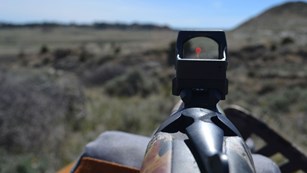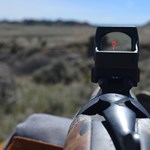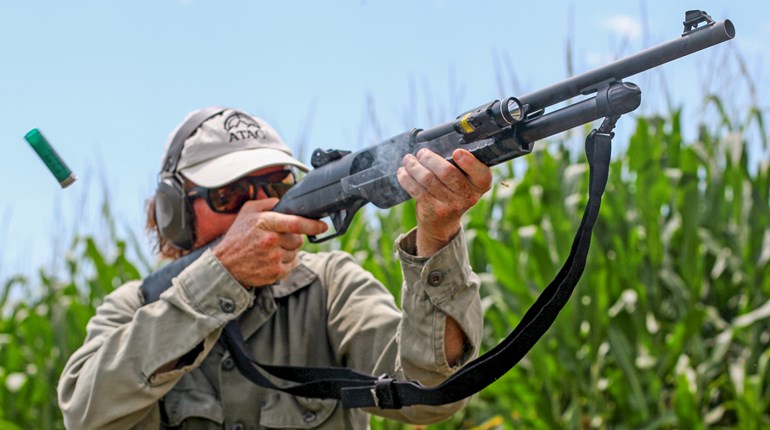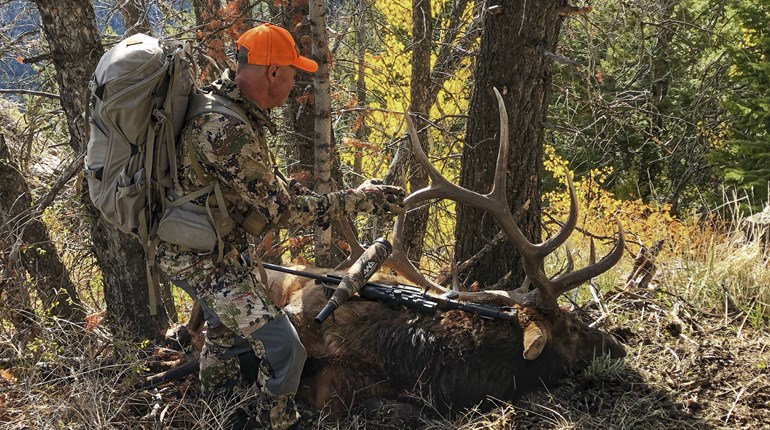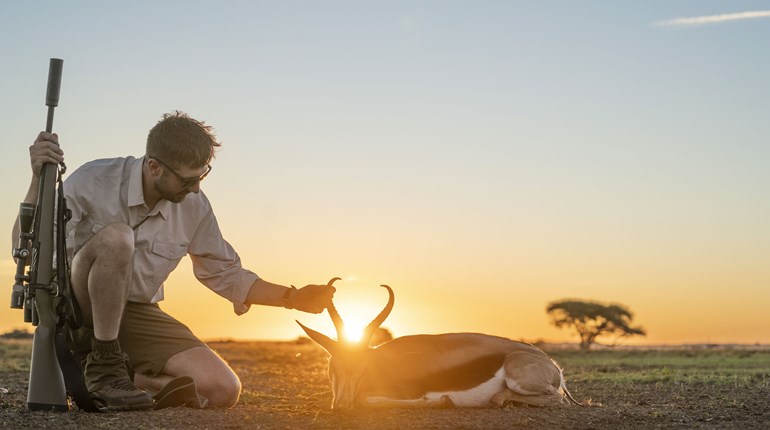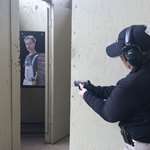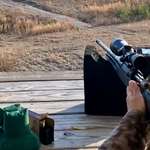
Whether it’s a once-in-a-lifetime elk hunt out West or your yearly trip to Arkansas for January mallards, far-from-home hunts present some unique challenges—and chief among them is what to do about the meat.

One option, of course, is to donate the meat locally to someone in the hunting party, to your outfitter (they’ll feed future clients with it) or through a charity. But many of us hunt specifically for the meat and want to bring it home with us. If you’ve driven to your hunt, no sweat—ice up a cooler and hit the road. If you’ve flown in, however, you really have only two options: ship the meat home or take it back on the plane with you.
Shipping Costs
Shipping meat is quite expensive. You’ll need to freeze it solid first, and overnight it, and you’re talking hundreds of dollars in cost for a deer, much less a larger animal like an elk. Most hunters choose the cheaper but more involved way of flying the meat home. This article will apply to domestic flights—if you are flying home from a foreign country with meat, there will be some additional customs considerations and restrictions, if it’s permitted at all.
Consider Bringing a Cooler
Flying home with meat is easier if you’ve planned ahead and brought an empty cooler to your destination with you, based on the size animal you’ll be hunting. If not, you’ll be hitting a local store to see what kind of coolers they have in stock. Be sure the cooler closes securely. Relying on copious amounts of duct tape to keep your cooler closed through the baggage-handling process is dicey, as TSA will probably cut the tape open to inspect the contents, and you never know how thoroughly they’ll tape it back up.
A disposable Styrofoam cooler will work if you’re willing to chance the duct-tape scenario, and so will inexpensive Wal-Mart plastic coolers. However, a lot depends on the condition the meat will be in when you leave camp and how long the meat will stay in the cooler. If you have access to a deep freezer in camp and will be bringing home meat that’s frozen solid, a thinner-walled cooler should work just fine, assuming it survives the bumps and bangs of baggage handling.

If your meat is fresh, not frozen, you’d better hope your thin or disposable cooler makes it home with you as scheduled. If you get delayed overnight or the cooler gets sent to Orlando while you were flying to Bangor, you’ll want the peace of mind a thicker cooler can provide. I once had a connection canceled on the way home from a pronghorn hunt and ended up spending the night in a hotel in Houston with a soft-sided cooler full of meat hanging out who-knows-where. When I got home more than 36 hours later, every bit of meat was still frozen as solid as a brick. I’ve also had good luck transporting meat in coolers from Camp Chef and Orca. Any of the premium coolers in this category will be a wise investment if you plan to fly with meat more than once or twice.
Freeze Before Packing
Freeze your meat before you pack the cooler if possible, and if it’s not packaged in plastic or vacuum bags, put it in zip-top bags to minimize leakage and contact with ice if you can (ice will soak and soften butcher paper if that’s how you’ve packaged your meat). If the meat is frozen and the cooler is mostly full, you shouldn’t need ice at all. If the meat is cold but unfrozen, or if there is a lot of room left in the cooler, pack it with ice from a gas station or hotel. I prefer to fill gallon-size zip-top bags with ice to avoid leaks (a good cooler will help you avoid leaks, too), but this makes things more complicated if the ice starts to melt before you check your bag. Most airlines will let you check a cooler with solid ice, but if it’s melting they won’t accept the cooler until you drain all liquid out. And needless to say, if the cooler is leaking blood, your chances of it making a flight are slim to none.

Baggage Fees
You’ll almost certainly pay a baggage fee if you’re checking the cooler on most airlines, and maybe an excess weight fee if it weighs more than 50 pounds (higher weights are acceptable on international flights). This still adds up to considerably less money than you would have spent shipping meat home. You can look up the baggage fees for most airlines here, although they’re subject to change. Assuming you flew to your destination with a gun or bow as well as a suitcase, the cooler will be a third piece of checked baggage—maybe even a fourth, if you’ve got a second cooler or bag full of antlers and cape. If someone is dropping you off, using curbside check-in at the airport will save you from hauling all that luggage to the ticket counter. When you arrive at your home airport, just grab one of those pay-to-rent luggage carts from the airport to help you get it all out to your vehicle.

If you’re only bringing home a small amount of meat that fits in a carry-on-size cooler, you can save money by bringing it on the plane with you instead of checking it. If your travel time is short, you might even be able to get away with inexpensive thermal freezer bags of frozen meat stuffed in your backpack, skipping the cooler altogether. Yes, you can take meat through TSA, although you might get some questions or funny looks. You’ll want to make sure there is no liquid in the cooler.
Flying with Waterfowl
A special note on transporting waterfowl: Migratory birds are subject to federal regulation, and you must leave the head or one fully feathered wing attached to the bird until you get it home, for identification purposes. Some states have specific regulations on upland birds, too, so check the laws in the state you’re hunting as well as the state to where you’re flying. This doesn’t mean you have to bring home whole birds, as there are simple ways to butcher ducks and geese that leave them mostly kitchen-ready but with a wing attached.
Assuming you had no trouble getting home on time, and maybe even if you did, your meat should be in basically the same condition it was when you packed it. Get it into a fridge or freezer when you make it home and enjoy your harvest at mealtime!










